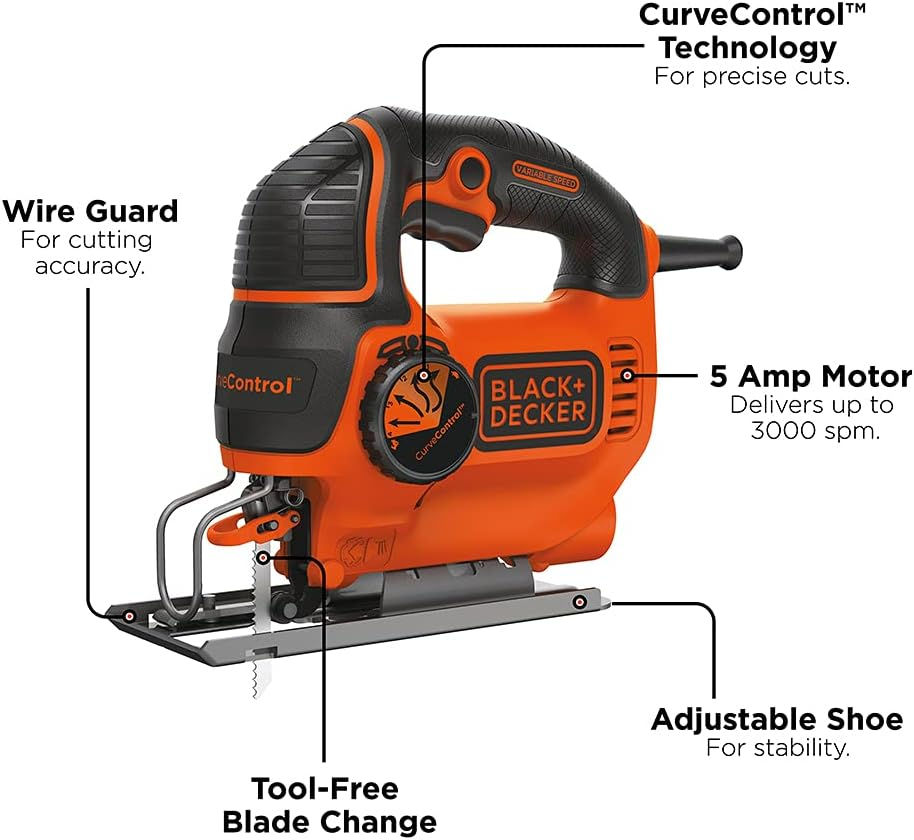The Impact of Digital Tools and Software on Carpentry Design
- alexhansleyblog
- Aug 12, 2023
- 2 min read
In an industry traditionally dominated by hand tools and manual labor, the impact of digitalization on carpentry design cannot be underestimated. Software applications and digital tools are significantly transforming carpentry, boosting efficiency, precision, and creativity.

Digital Design Software
Software applications like SketchUp, AutoCAD, and Fusion 360 have changed the way carpenters design. They allow for easy 3D modeling, enabling carpenters to visualize their designs before construction begins. These programs can quickly generate accurate plans, sections, and elevations from the 3D model, reducing the time spent on manual drafting. Changes can be made easily without the need for extensive redrawing, and the designs can be easily shared digitally with clients or collaborators.
CNC Machines
Computer Numerical Control (CNC) machines have brought unprecedented precision to carpentry. They follow digital design inputs to cut, carve, and shape wood with a level of accuracy that is challenging to achieve manually. With CNC machines, intricate and repeat patterns can be produced efficiently, expanding the design possibilities.
Laser Engravers
Laser engravers use concentrated light to etch designs onto wood surfaces. They can create intricate patterns, logos, or text that would be nearly impossible to achieve by hand. The engravers work with digital design files, allowing for exact reproductions and scalability.
Virtual and Augmented Reality
Virtual Reality (VR) and Augmented Reality (AR) are the newest additions to the carpentry field. VR allows carpenters and clients to virtually walk through a 3D model, providing a sense of scale and spatial relationships that 2D drawings can't offer. AR enables users to overlay virtual furniture pieces onto real spaces using a smartphone or tablet, assisting in design decisions.

Digital Measuring Tools
Digital tools have brought precision and speed to measuring and leveling tasks. Devices like laser measures and digital levels provide quick and accurate measurements, streamlining the carpentry process.
Conclusion
The integration of digital tools and software into carpentry design brings about improved precision, efficiency, and creative potential. While these tools can't replace the skill and craftsmanship of a seasoned carpenter, they certainly can enhance it. By embracing these technologies, carpenters can remain competitive in a rapidly evolving industry.

















Comments